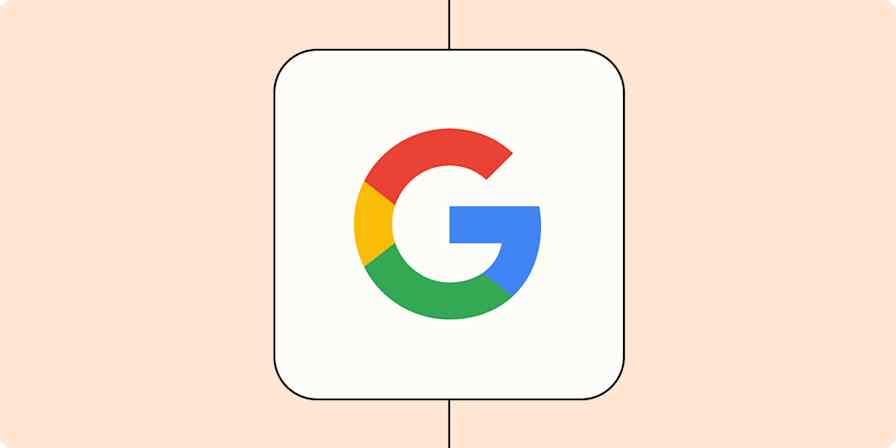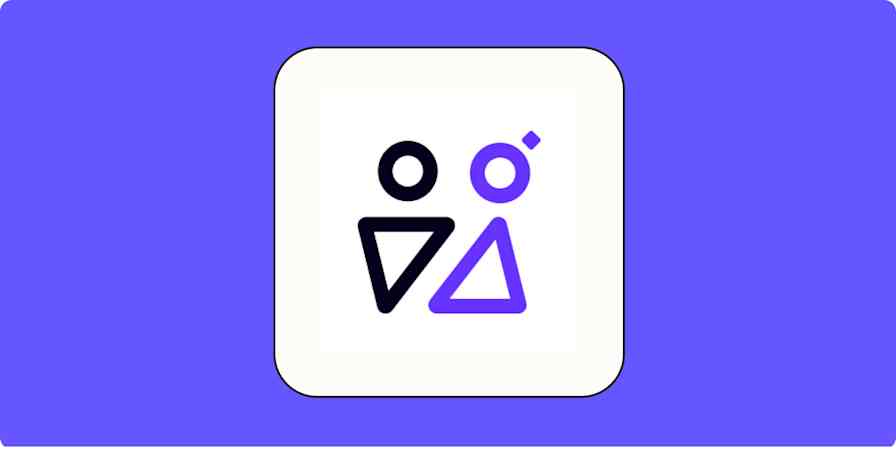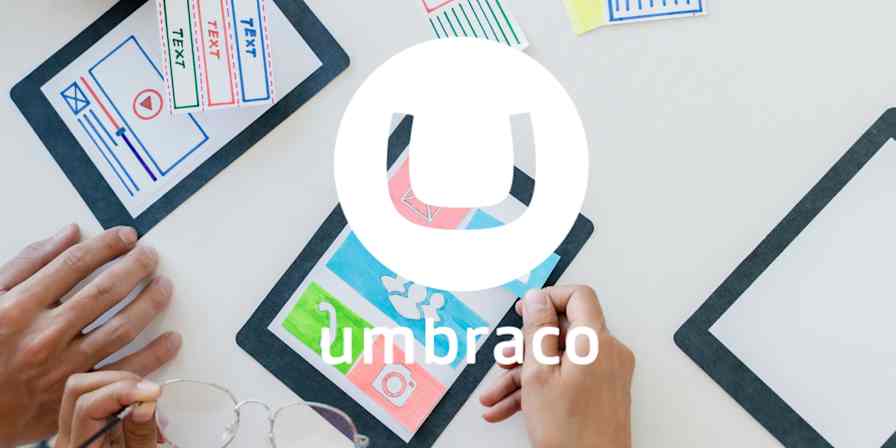App tips
6 min readSynthesia AI: A deep dive into using Synthesia to generate AI videos
By Ryan Kane · January 8, 2024

Get productivity tips delivered straight to your inbox
We’ll email you 1-3 times per week—and never share your information.
mentioned apps
Related articles
Improve your productivity automatically. Use Zapier to get your apps working together.








